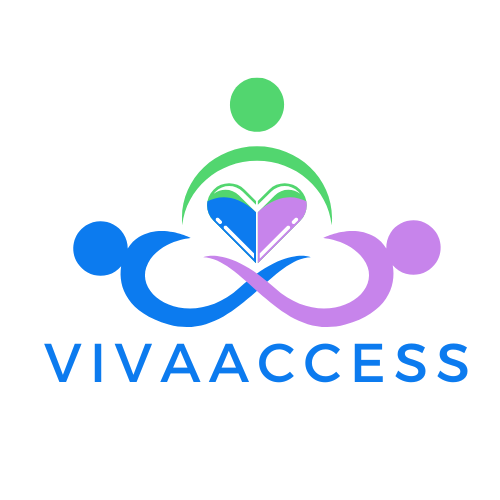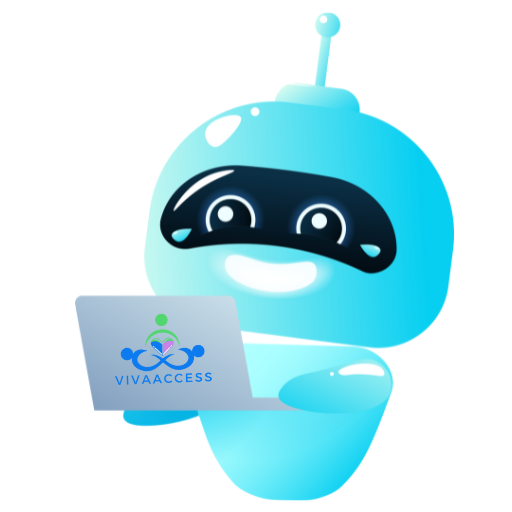Treatment of Cerebral Palsy
by vivaaccess.net | Apr 21, 2024 | Cerebral
Certainly, let’s delve deeper into each aspect of the treatment of cerebral palsy:
Physical Therapy: Physical therapy interventions are designed to address muscle tone abnormalities, improve muscle strength, enhance motor control, and promote functional mobility. Therapists use a variety of techniques such as stretching exercises, strengthening exercises, balance training, gait training, and motor learning activities to help individuals with cerebral palsy achieve their movement goals. Physical therapy also focuses on preventing complications such as contractures and deformities through proper positioning and orthotic management.
Occupational Therapy: Occupational therapy interventions focus on developing skills necessary for activities of daily living (ADLs), including self-care tasks, fine motor skills, and sensory integration. Occupational therapists work with individuals with cerebral palsy to improve their independence in feeding, dressing, grooming, and other daily tasks. They may recommend adaptive equipment, environmental modifications, and assistive devices to facilitate participation and independence in meaningful activities.
Speech Therapy: Speech therapy, also known as speech-language pathology, addresses communication impairments and swallowing difficulties associated with cerebral palsy. Speech-language pathologists assess speech articulation, language comprehension, social communication skills, and oral motor function. Therapy interventions may include articulation exercises, language therapy, augmentative and alternative communication (AAC) systems, and dysphagia management strategies to improve communication and swallowing function.
Medications: Medications are often used to manage symptoms of cerebral palsy, such as muscle spasticity, seizures, pain, and gastrointestinal issues. Commonly prescribed medications include muscle relaxants (e.g., baclofen, diazepam), anticonvulsants (e.g., phenobarbital, valproic acid), pain relievers (e.g., acetaminophen, ibuprofen), and reflux medications (e.g., proton pump inhibitors). The choice of medication depends on the individual’s specific symptoms and medical history.
Orthopedic Interventions: Orthopedic surgeries may be recommended to address musculoskeletal deformities, correct joint contractures, and improve overall mobility and function. Surgical procedures such as tendon lengthening, muscle releases, osteotomies, and spinal fusion may be performed to optimize alignment, reduce pain, and prevent further complications associated with cerebral palsy.
Botulinum Toxin Injections: Botulinum toxin injections, commonly known as Botox injections, are used to temporarily reduce muscle spasticity and improve functional movement in specific muscle groups. The toxin is injected directly into targeted muscles to block the release of acetylcholine, a neurotransmitter responsible for muscle contraction. This treatment can help individuals with cerebral palsy achieve better muscle relaxation, range of motion, and functional abilities.
Selective Dorsal Rhizotomy (SDR): SDR is a surgical procedure that involves selectively cutting specific nerve fibers in the spinal cord to reduce muscle spasticity. This procedure is typically considered for individuals with severe spasticity who have not responded to other treatments such as therapy, medications, or botulinum toxin injections. SDR aims to improve motor function, mobility, and overall quality of life by reducing muscle tone and stiffness.
Assistive Devices: Assistive devices play a crucial role in promoting independence, mobility, and communication for individuals with cerebral palsy. These devices include wheelchairs, walkers, orthoses (braces), communication aids (e.g., speech-generating devices, communication boards), adaptive utensils, and environmental control systems. Assistive technology can help individuals with cerebral palsy overcome physical, communication, and mobility barriers, enabling greater participation in daily activities and social interactions.
Educational Support: Educational interventions are essential for children and adolescents with cerebral palsy to maximize their learning potential and academic success. Special education services, individualized education plans (IEPs), and assistive technology devices are tailored to address the unique learning needs and challenges of students with cerebral palsy. Educational support may include curriculum modifications, classroom accommodations, specialized instruction, and access to related services such as speech therapy, occupational therapy, and physical therapy.
Emotional and Social Support: Emotional and social support is vital for individuals with cerebral palsy and their families to cope with the challenges and stressors associated with the condition. Counseling, support groups, peer mentoring programs, and community resources provide opportunities for emotional expression, social connection, and mutual support. Psychosocial interventions aim to enhance coping skills, self-esteem, resilience, and overall well-being for individuals with cerebral palsy and their families. Building a strong support network helps individuals navigate the physical, emotional, and social aspects of living with cerebral palsy, promoting a higher quality of life and holistic well-being.







